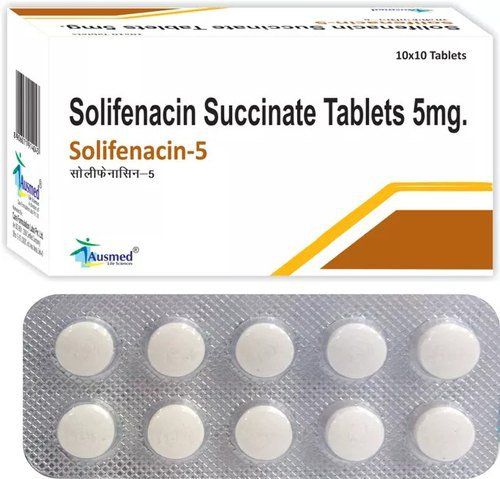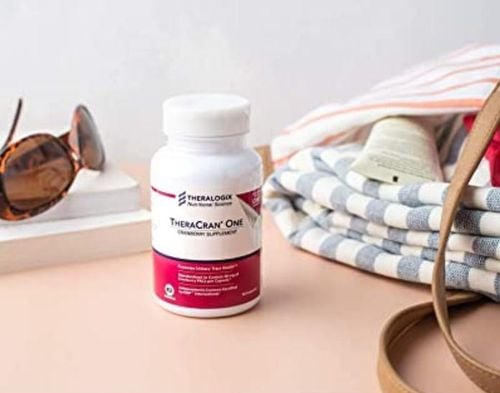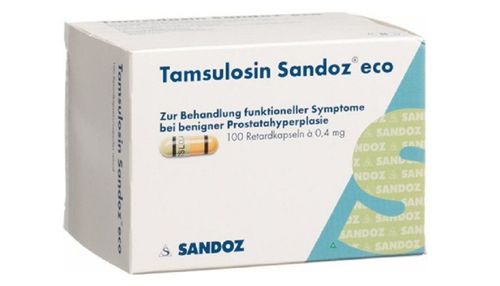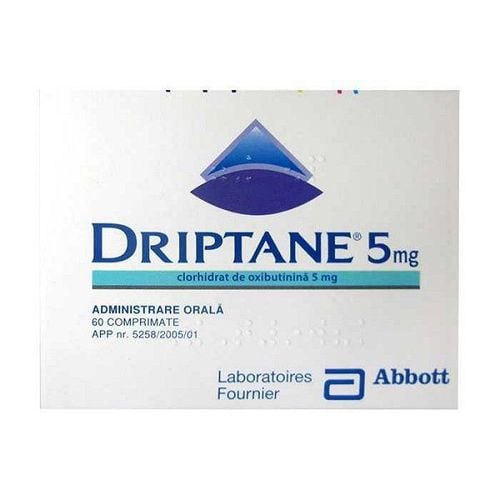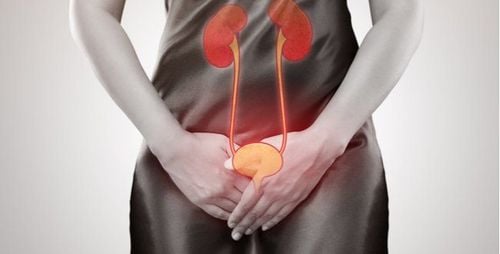This is an automatically translated article.
The article was professionally consulted by MSc, Dr. Trinh Thi Thanh Huyen - Obstetrician and Gynecologist - Department of Obstetrics and Gynecology - Vinmec Hai Phong International General HospitalLoss of bladder control or urinary incontinence after childbirth is one of the complications of childbirth. According to some studies, women who give birth vaginally have a higher risk of urinary incontinence than women who have a cesarean section. However, experts also stress that cesarean section also has its own risks, including urinary incontinence after birth. Therefore, the decision to choose the method of childbirth requires consensus between the opinions of obstetricians and gynecologists and pregnant women.
1. What causes urinary incontinence after giving birth?
Urinary incontinence is the involuntary leakage of urine that is common among new mothers, often appearing when smiling, sneezing, coughing, or performing any strenuous activity. This is a very common condition after giving birth, affecting one third of all postpartum women.The main cause of postpartum urinary incontinence is weakened muscles around the bladder and pelvis during pregnancy and labor. In addition, during the first few weeks after giving birth, the uterus contracts and rests directly on the bladder, making it difficult to urinate. Hormonal changes during and after pregnancy can also affect the bladder.
It can take three to six months, or even longer for some women, to regain full bladder control. There are a number of methods that can help a woman overcome urinary incontinence more quickly.
2. Postpartum bladder control loss often occurs in women giving birth vaginally?

Phụ nữ sinh nở làm tăng nguy cơ mắc bệnh
A research team from Finland compiled and reviewed data from 16 different studies. The final results found that vaginal delivery was associated with an 8% increased risk of experiencing urinary incontinence in the woman, nearly two times higher than those who had a cesarean section. Uncontrolled bladder distension causes involuntary leakage that occurs in cases of increased intra-abdominal pressure, such as when jumping, sneezing, or coughing.
The team found that the link between vaginal delivery and bladder incontinence was strongest in younger women and multiple births.
Finnish researchers found that vaginal delivery also increased the risk of urinary incontinence by 3% compared with caesarean section. Urinary incontinence is common with strong and sudden urges to urinate. However, the authors also pointed out that cesarean section carries other dangerous complications despite the relatively low risk of urinary incontinence after delivery. An elective cesarean section increases the risk of the baby requiring emergency care and the risk of developing blood clots, bleeding, uterine rupture, and increased placental adhesions in subsequent pregnancies. The rate of cesarean sections in many countries has increased dramatically since the 1970s and now accounts for 33 percent of births in the United States, the researchers note.
Dr. Jill Rabin is co-director of emergency care for Women's Health Programs at Northwell Health in New Hyde Park, NY. She said the Finnish review had some limitations and that "the risks to both mother and child associated with delivery are generally low but significantly higher for cesarean section." Therefore, any decision about the choice of vaginal delivery or elective caesarean section "must be based on a full understanding of the issues of the mother and fetus, and the decision is made by informed consent. between a woman and her doctor," Rabin said.
Dr Elizabeth Kavaler, urologist, said: “It is important for women to know all of the risks and potential complications of vaginal delivery versus cesarean section, so that they and their doctors know they can make the best decision for mother and baby.
3. Measures to help restore a woman's ability to urinate normally after giving birth

Bài tập Kegel giúp kiểm soát chứng tiểu không tự chủ sau sinh
Kegel exercises: Kegel exercises are one method that can be used to help manage urinary incontinence after childbirth. These exercises help to tighten and strengthen the muscles in the pelvic floor. Strengthening the pelvic floor muscles can improve the function of the urethra and the rectal sphincter. One way to practice Kegel exercises is to sit on the toilet and start urinating, then hold it midstream. The muscle that you use to stop the flow of urine is the Kegel muscle. Another way to help locate the Kegel muscles is to insert a finger into the vagina and try to tighten the finger by squeezing the muscles of the perineum. Kegel exercises can be used as a form of protection against urinary leakage while coughing, sneezing, laughing, or lifting heavy objects. Maintain a healthy weight throughout pregnancy. Being overweight increases pressure on the bladder. Get in the habit of peeing properly: pee every 30 minutes – in other words, before you have a need – and then try to stretch the time between pees throughout the day. Try to avoid postpartum constipation, so as not to put extra pressure on the bladder. Continue to drink 2 liters of water every day. Cutting back on water intake to control urination only makes the body more susceptible to dehydration and increases the risk of urinary tract infections. Avoid foods like coffee, citrus, tomatoes, soft drinks, and alcohol. These foods can irritate the bladder and make urine more difficult to control. Using a pad can help absorb leaking urine. Tampons should not be used as they are unlikely to block the flow of urine. If urinary incontinence doesn't improve after the postpartum wound has completely healed, talk to your doctor to find more effective treatments. To reduce and control the inconvenience caused by urinary incontinence, you can visit and treat at Vinmec International General Hospital - One of the hospitals that not only ensures professional quality with a team a team of leading medical doctors, a system of modern equipment and technology, but also outstanding with comprehensive and professional medical examination, consultation and treatment services; civilized, polite, safe and sterile medical examination and treatment space.
Master. Trinh Thi Thanh Huyen is highly trained in obstetric ultrasound, laparoscopic surgery and hysteroscopy at the National Hospital of Obstetrics and Gynecology and has more than 13 years of experience working at Hai Phong Obstetrics and Gynecology Hospital. Currently, the doctor is an Obstetrician and Gynecologist at Vinmec Hai Phong International General Hospital.
If you have a need for consultation and examination at Vinmec Hospitals under the nationwide health system, please book an appointment on the website for service.
Please dial HOTLINE for more information or register for an appointment HERE. Download MyVinmec app to make appointments faster and to manage your bookings easily.




